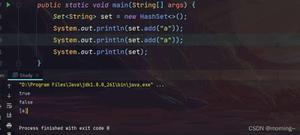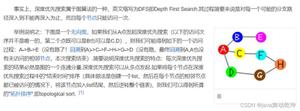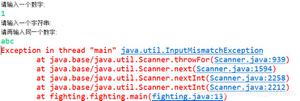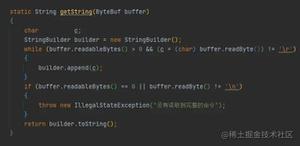JavaScript语法反应路线
我要在这里做出反应路由器代码:modal-galleryJavaScript语法反应路线
和跨越这句法
const Modal = ({ match, history }) => { const image = IMAGES[parseInt(match.params.id, 10)]
if (!image) {
return null
}
const back = (e) => {
e.stopPropagation()
history.goBack()
}
return (
<div
onClick={back}
style={{
position: 'absolute',
top: 0,
left: 0,
bottom: 0,
right: 0,
background: 'rgba(0, 0, 0, 0.15)'
}}
>
<div className='modal' style={{
position: 'absolute',
background: '#fff',
top: 25,
left: '10%',
right: '10%',
padding: 15,
border: '2px solid #444'
}}>
<h1>{image.title}</h1>
<Image color={image.color} />
<button type='button' onClick={back}>
Close
</button>
</div>
</div>
)
}
我的问题是,什么样的语法是这样来的?并且如何将其转换为ES6 React.Component class
回答:
它是一个无状态作出反应功能部件(阵营SFC)。这是一个功能,而不是一个班级。
基本上你不需要/不得不将它转换成React.Component类,因为它是声明React.Component的有效方法。
SFC通常被称为愚蠢组件,因为它只关心传递给它的道具,但没有别的。它是一个纯粹的组件(它不应该有任何内部状态),也不应该从其生命周期函数中产生任何副作用。
React建议如果您不需要内部状态,也不需要组件的生命周期方法,则应该将其作为SFC编写。
你可以有进一步的看这里:
https://reactjs.org/docs/components-and-props.html
回答:
这是一个纯函数。你可以把它看作React.Component的render函数。
转换那么容易,只需将代码粘贴里面渲染功能:
class Modal extends React.Component { render() {
const { match, history } = this.props; // Here you get your props
const image = IMAGES[parseInt(match.params.id, 10)]
if (!image) {
return null
}
const back = (e) => {
e.stopPropagation()
history.goBack()
}
return (
<div
onClick={back}
style={{
position: 'absolute',
top: 0,
left: 0,
bottom: 0,
right: 0,
background: 'rgba(0, 0, 0, 0.15)'
}}
>
<div className='modal' style={{
position: 'absolute',
background: '#fff',
top: 25,
left: '10%',
right: '10%',
padding: 15,
border: '2px solid #444'
}}>
<h1>{image.title}</h1>
<Image color={image.color} />
<button type='button' onClick={back}>
Close
</button>
</div>
</div>
)
}
}
以上是 JavaScript语法反应路线 的全部内容, 来源链接: utcz.com/qa/260843.html









